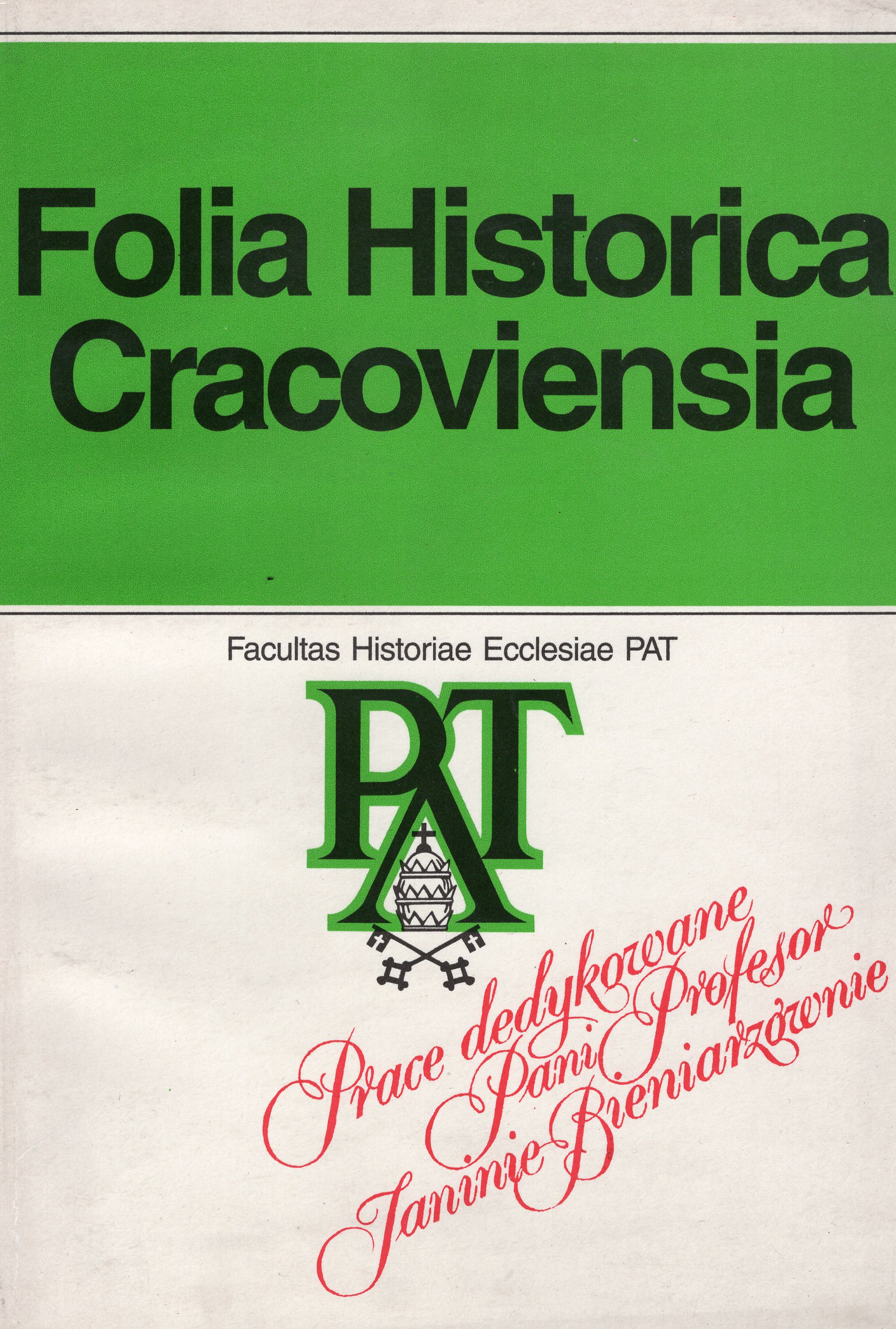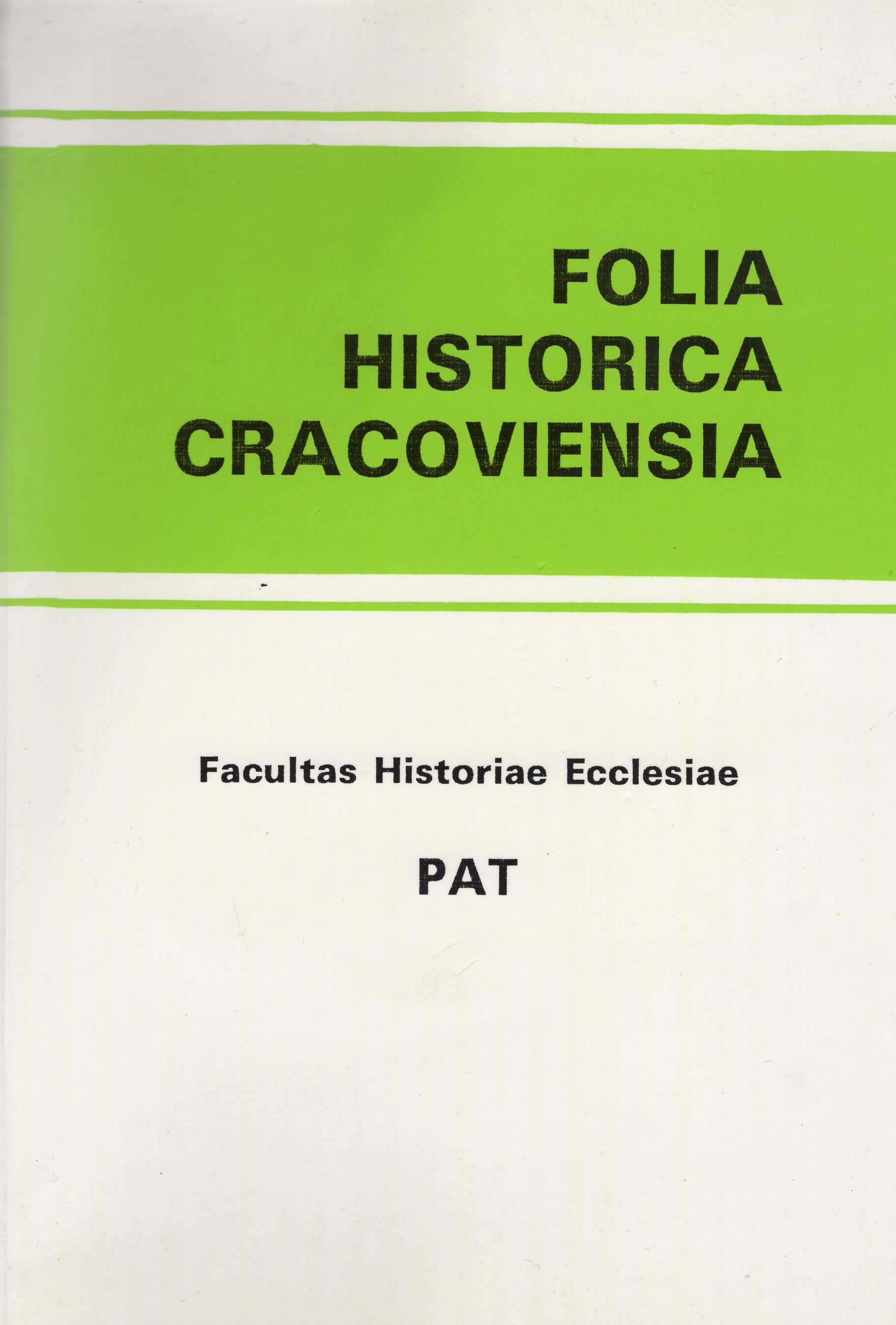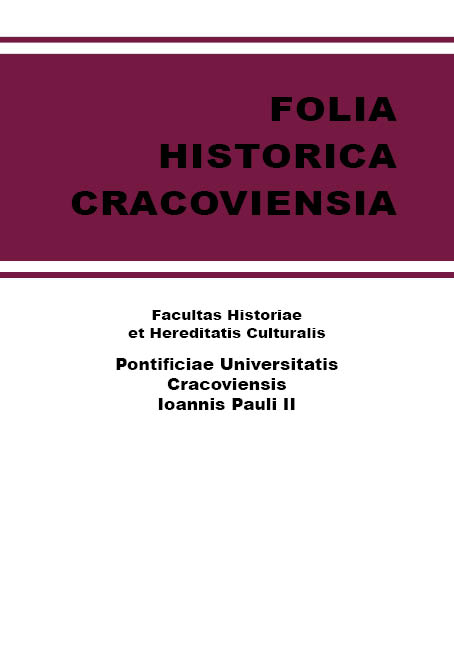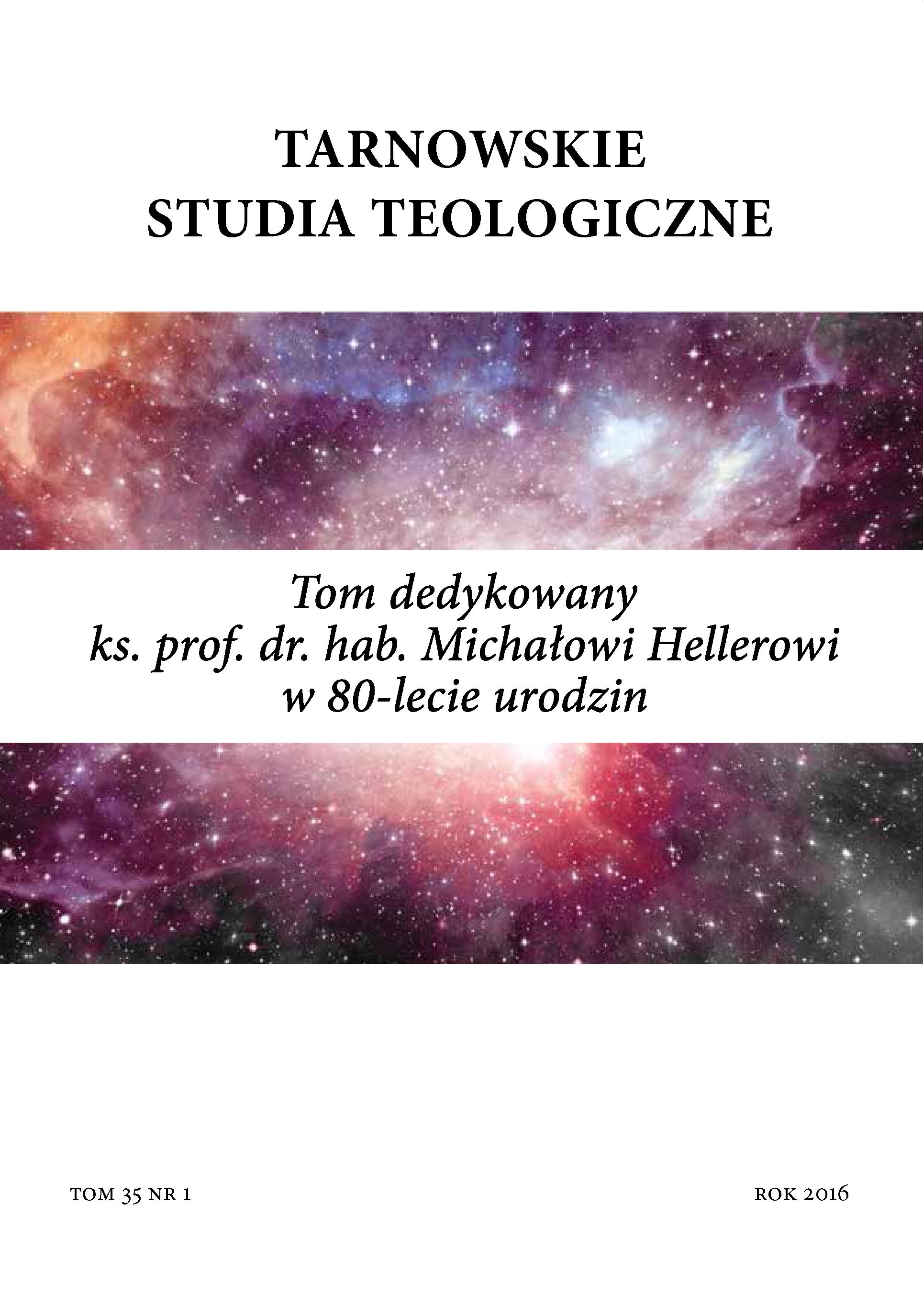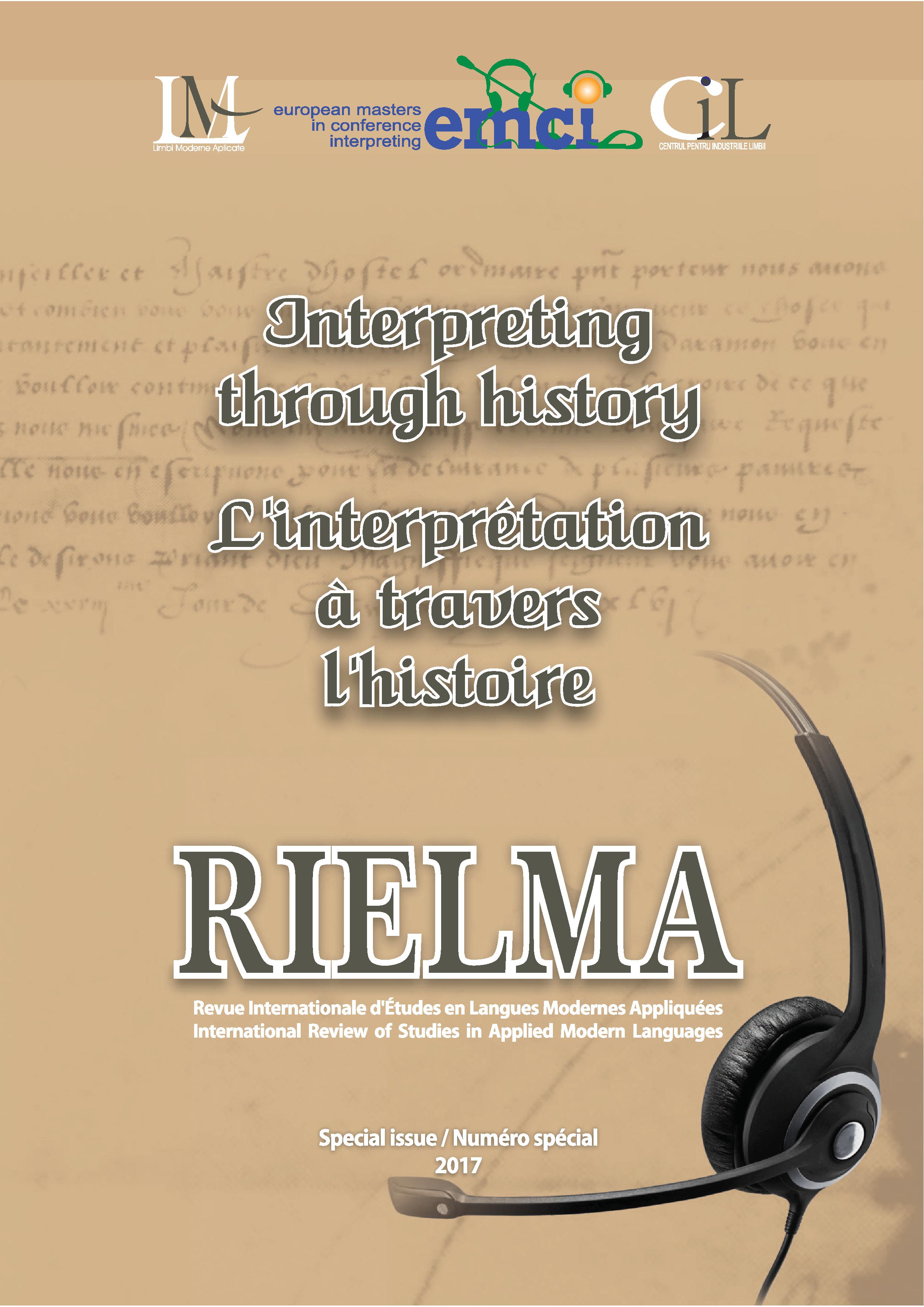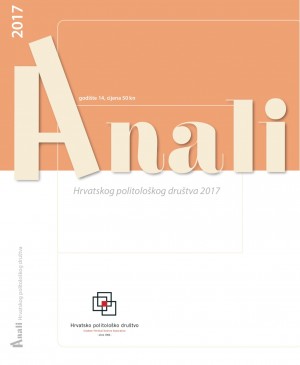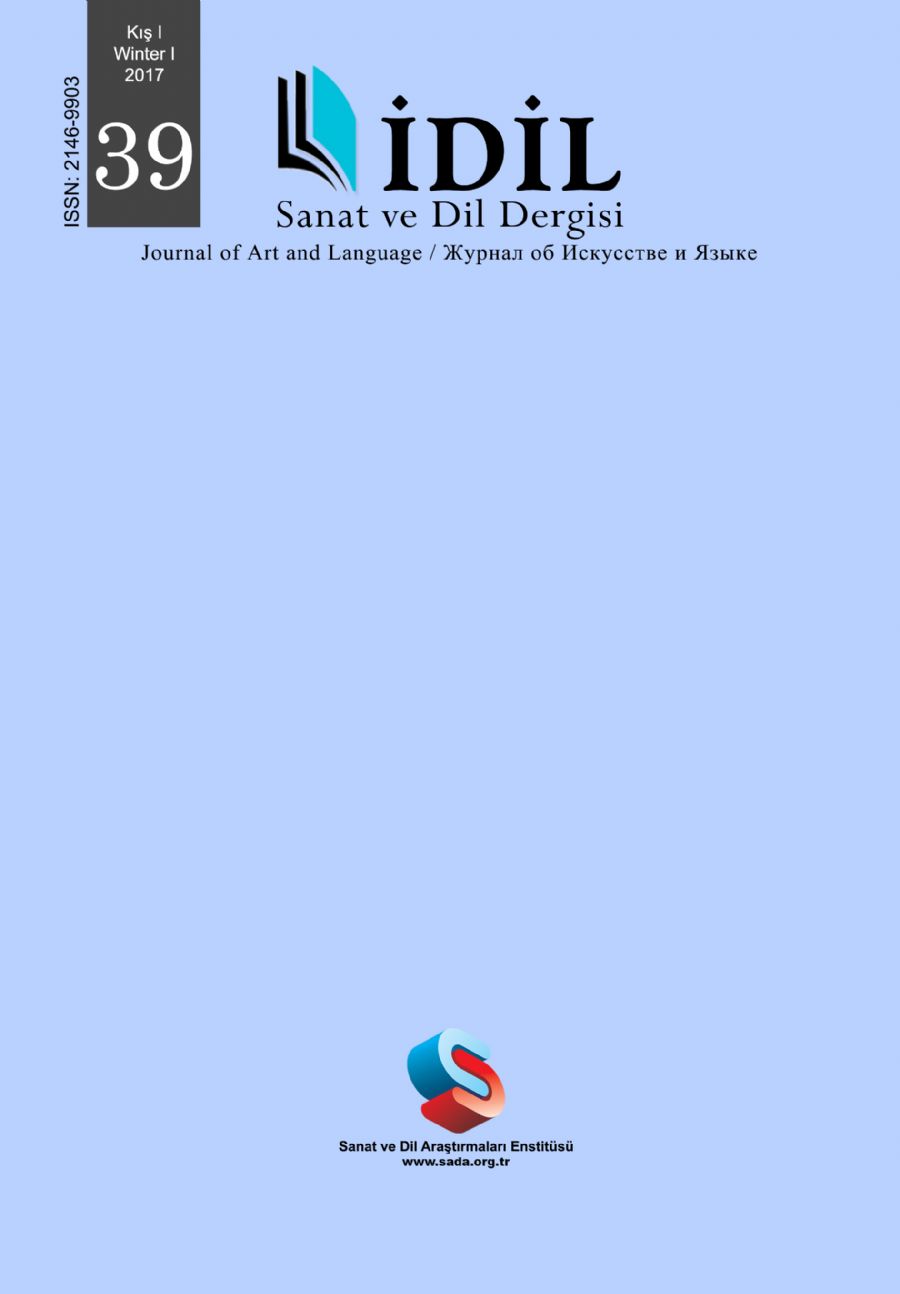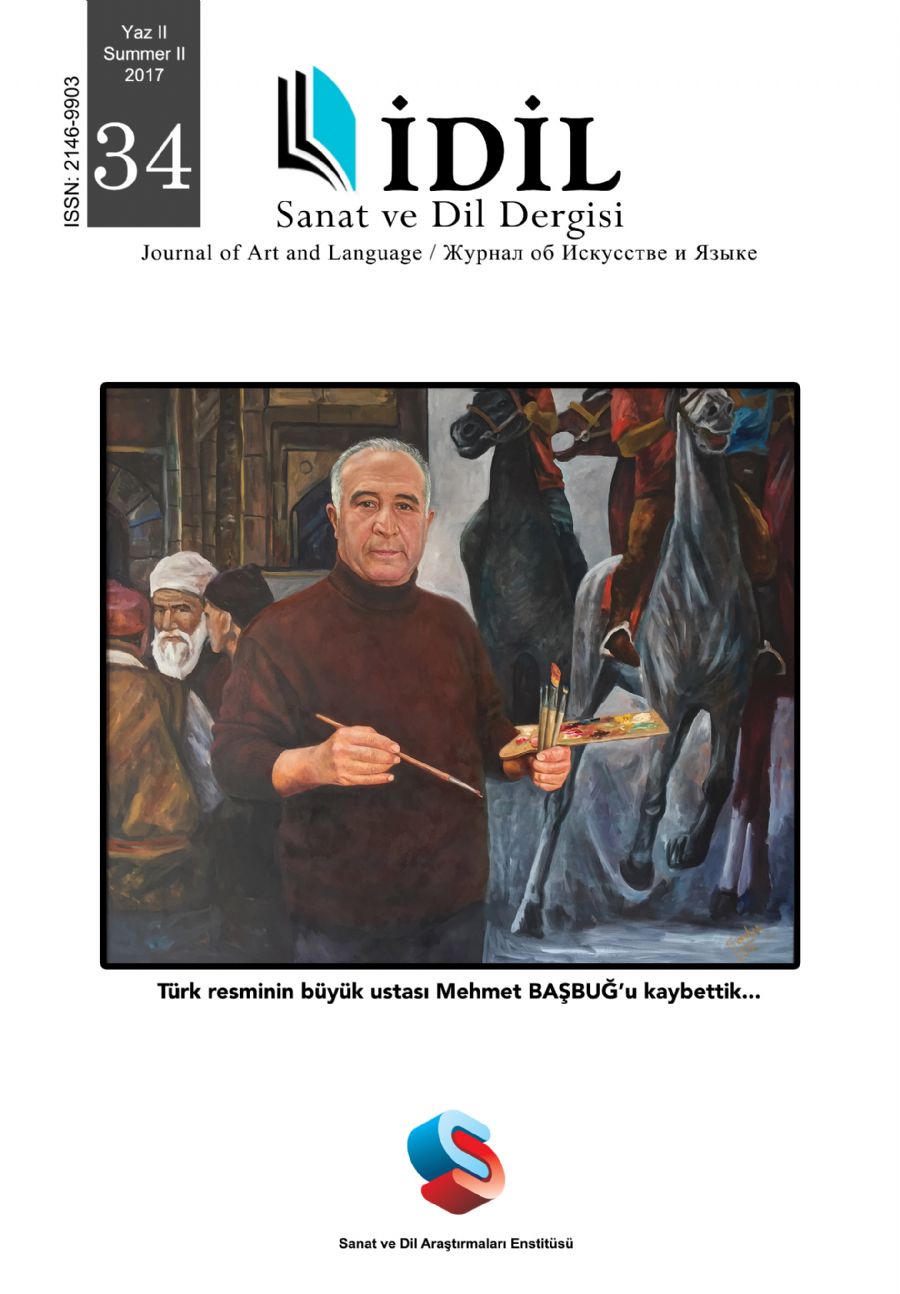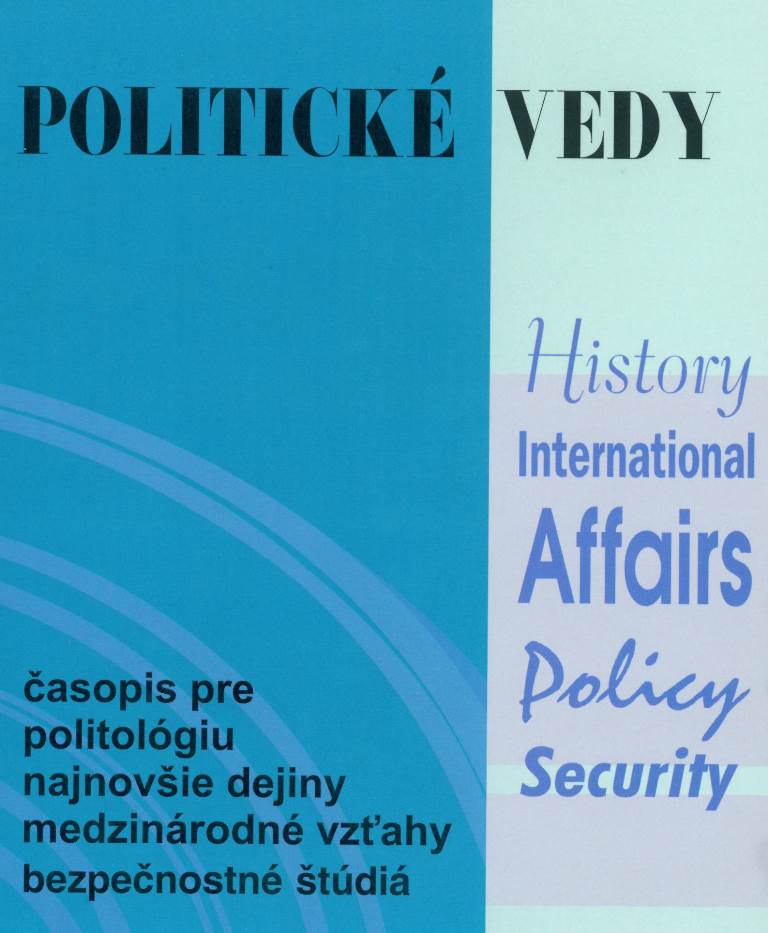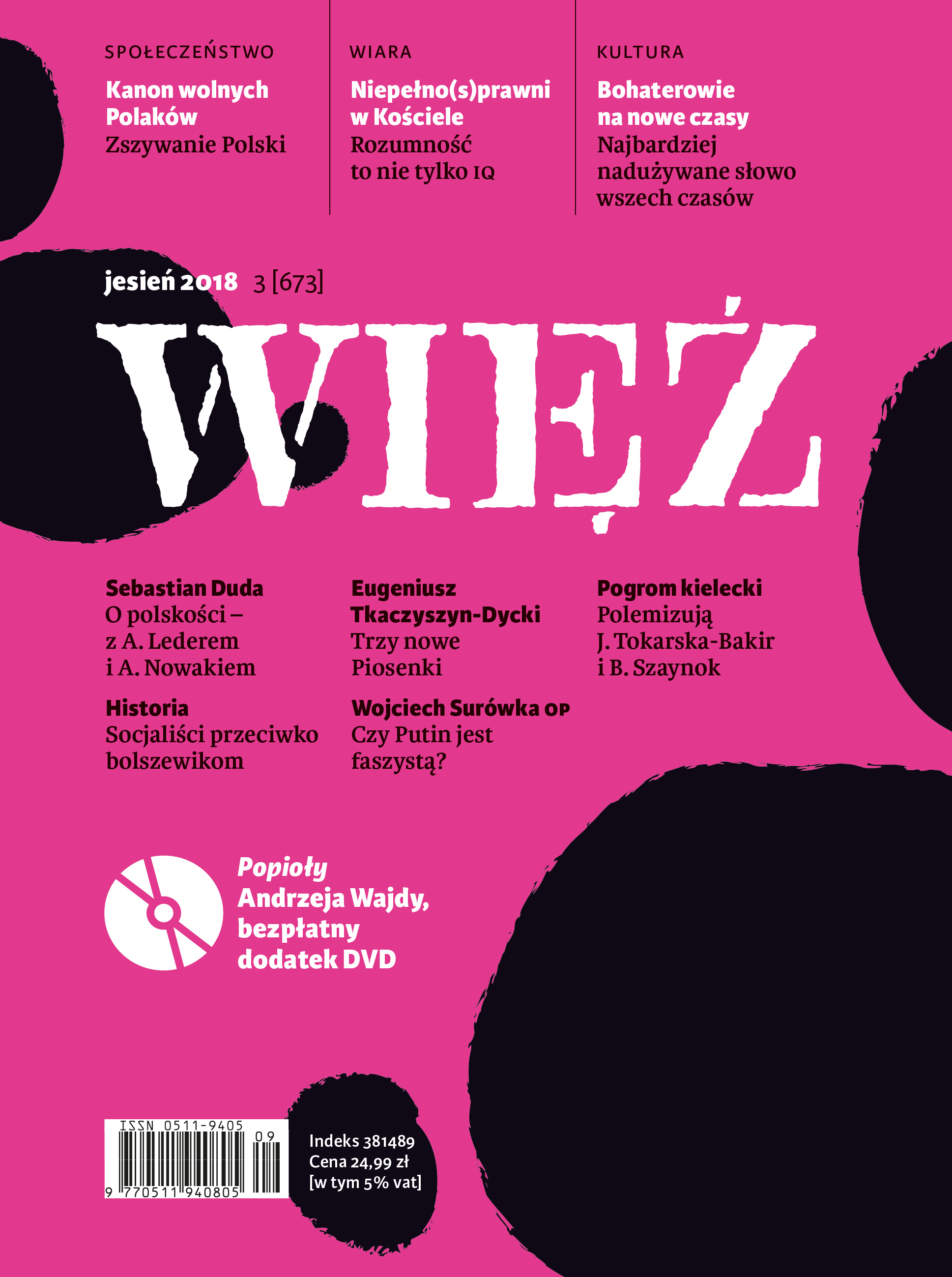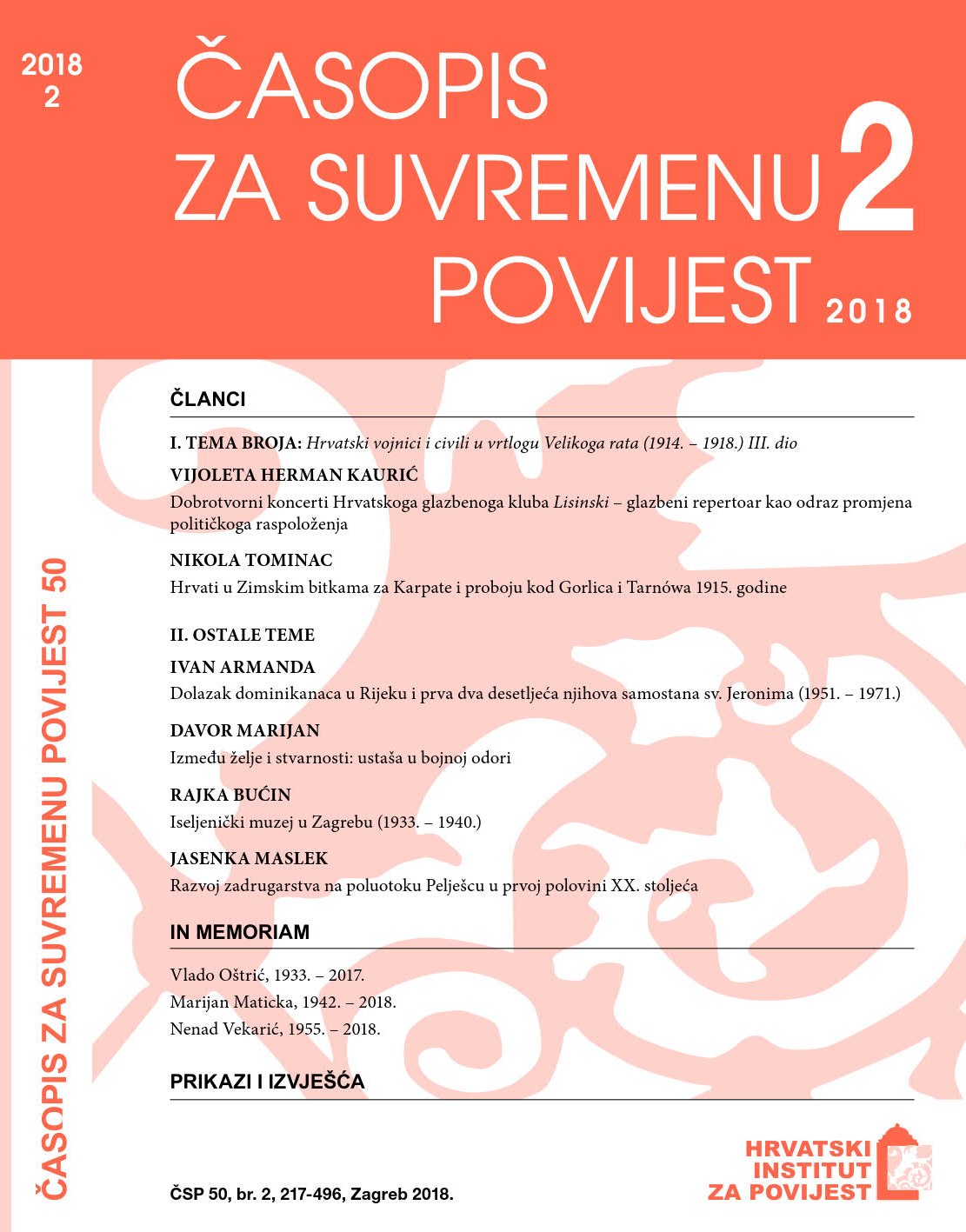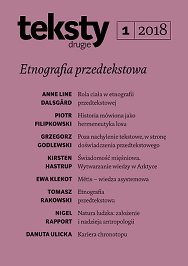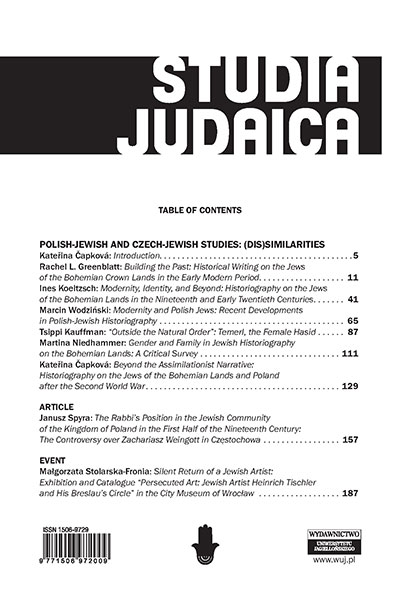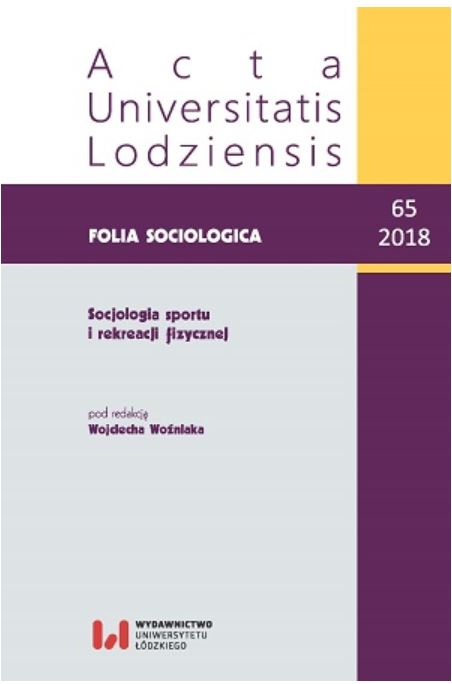Author(s): Edward Wanat / Language(s): Polish
Issue: 1/2016
Father Józef Benignus Wanat OCD was born in Frydrychowice, near Wadowice, into a large and impoverished farming family. He had seven brothers and one sister and was the third son of Franciszek and Maria Wanat. His hard working family was one of character displaying religious devotion, and demonstrating generosity to others in times of need. During the Nazi occupation, his parents took into their two-roomed house, a family of eight who were deprived of their own home in brutal circumstances. Out of necessity, and due to lack of space, the three oldest sons slept in the stable under the roof on a makeshift bed. After graduating from High School, and in answer to his calling, Benignus entered a novitiate in the Discalced Carmelites’ Monastery in Czerna. He completed his philosophy studies in Poznan and his theological studies at the Major Seminary of Discalced Carmelite Fathers in Kraków, where he was ordained a priest. In Krakow, at the Jagiellonian University’s Faculty of History and Philosophy, Fr. Benignus pursued extramural studies in the field of archives. He graduated from the Pontifical Academy of Theology in Kraków in the History of Art and having successfully defended his doctoral dissertation, he earned the the title of professor doctor. He was a member of the faculty of art in this university and he lectured on the History of Art of the Church with emphasis on European art. He was the founder of the Archives of the Discalced Carmelites in Czerna. He wrote prolifically on the History of Art of the Discalced Carmelite Order and the Discalced Carmelite Nuns researching and visiting many and various sites for his articles. This led to his magnum opus, a monograph on the Discalced Carmelite Order in Poland. He was elected several times as Provincial Superior of the Discalced Carmelites Province in Poland and he was appointed the first Provincial Superior of the Province of Kraków which included being the Prior of several monasteries. Father Benignus was instrumental in the achievement of many noteworthy events including the coronation with the papal crowns of the miraculous image of Our Lady of Czerna and the project management of the construction of the chapel of St. Raphael Kalinowski. Fr. Benignus was always quiet person, unassuming and generous in helping others. Although diagnosed with cancer, he continued his duties which included a provincial visitation to the Carmelite Mission in Africa.
Later, despite his worsening health, (numerous tumours) through his exceptional and strong devotion to our BVM, Queen of Carmel, he received, through Her intercession, the grace of a special healing and recovery.
More...
